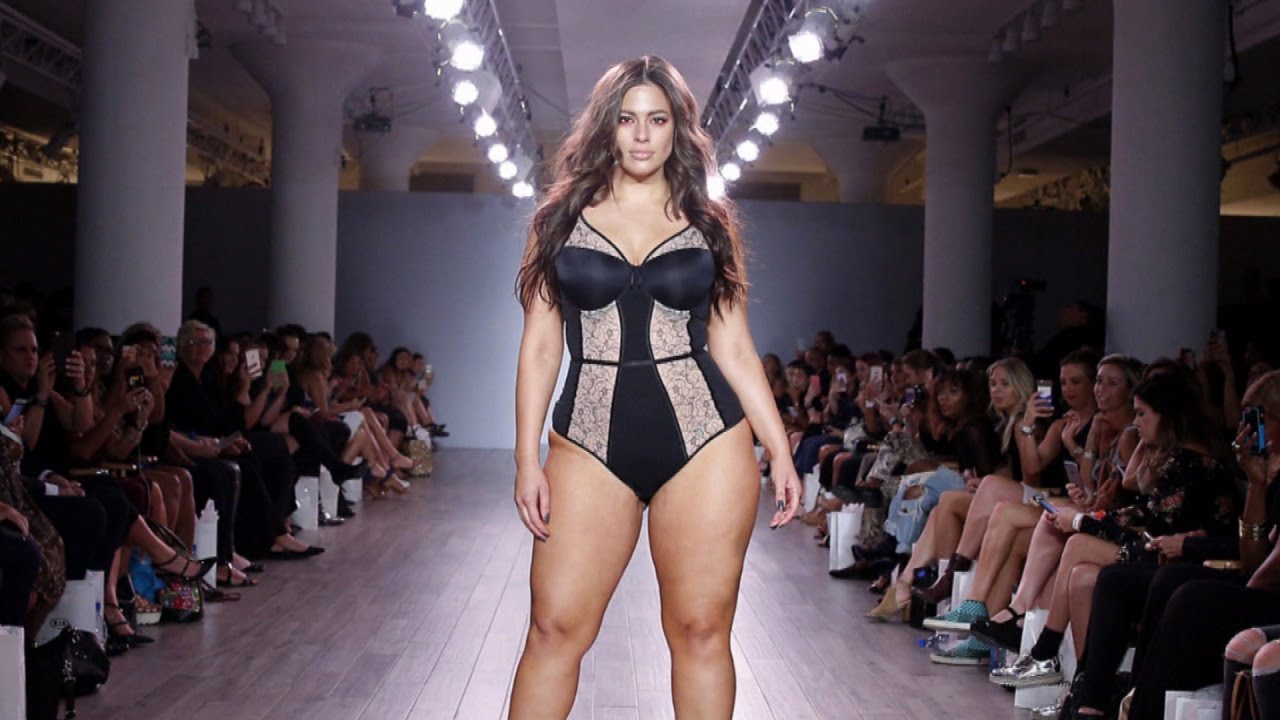How the Modelling Industry is Changing - and We Couldn’t be Happier.

Fashion’s long and illustrious history is well-known for representing one (and only one) standard of beauty: Build? Very thin. Age? Under 25. Ethnicity? White. Because of this, 99% of little girls have grown up never seeing anyone who looked like them in the media, therefore believing their natural features were unattractive.
Yes, this standard of beauty has created many iconic ads and elegant photos, but it has also created far more harm than good. Because the fashion industry’s archaic standard of beauty applies to about 2% of the population, there’s been a long epidemic of women starving themselves in order to fit this unobtainable ideal to be considered beautiful, to be accepted and loved. Lately - and finally! - we’ve been noticing a huge change in this worn standard with more and more top fashion brands embracing diversity and inclusivity. We couldn’t be happier.
One size just doesn’t fit all and customers are demanding that the brands they support be more representative of, well, them! Models are the faces of brands and so brands are finally responding to these demands with more diverse models. No big surprise that this is paying off. Brands have started featuring far more ethnic diversity, body-types, ages, and LGBTQ+ ambassadors than ever before. Running alongside this in the mainstream is a pervasive celebration of self-love and self-care, a far cry from the long-reigning cultural message that one’s worth is only skin deep, and it’s determined by others.
(Photo: Kevin Mazur/Getty Images for Savage X Fenty)
What does this mean for the event side of modelling and promotional models? It’s transferring over. Brands are beginning to care about the person more than just their face. They want models who not only have a strong social presence but a positive and authentic one.
This wasn’t always the case. In my 10 years running Femme Fatale, I always thought having a diverse roster for different clients was a great thing, yet I was consistently frustrated when everyone wanted the same type. Femme Fatale casts for commercials, TV shows, print campaigns, lots of events, experiential marketing, trade shows and more, and across all these platforms, there generally was only one type in demand.
While wider representation (until it’s a norm, please!) still has a long way to go, this palpable shift points to ongoing emancipation of groups of people who have long been oppressed and either underrepresented or not represented at all in the media. Isabella Rossellini, on being asked how it feels to be modelling for Lancome at 65 (she was laid off from the same company 15 years ago for being too old! For their “mature” line of products!) says herself that “It’s wonderful to be a part of women’s ongoing emancipation.”
Check out just the tiniest handful of models who are helping to make major changes in the industry:
Ebonee Davis is a model and activist who has discussed finding success after she wore her hair natural, and speaks openly and beautifully about being an African American model in a mostly white industry.
Myla Dalbesio is a mid-size model and writer who is a Sports Illustrated babe.
Ashley Graham is the face of plus-size modelling and a fountain of inspirational words like: “[Inclusivity in the modelling industry means] Letting women know that they are worthy, that they are beautiful, and that they can be happy with who they are in their skin”
Models like Myna Mesdiana are front and centre of a much more diverse, inclusive fashion industry.
Sara Ziff is the champion of securing models rights on set and backstage
And check out what these inspiring models have to say about inclusivity and diversity: The Model Mafia is a totally inspiring example of what happens when women support each other:



